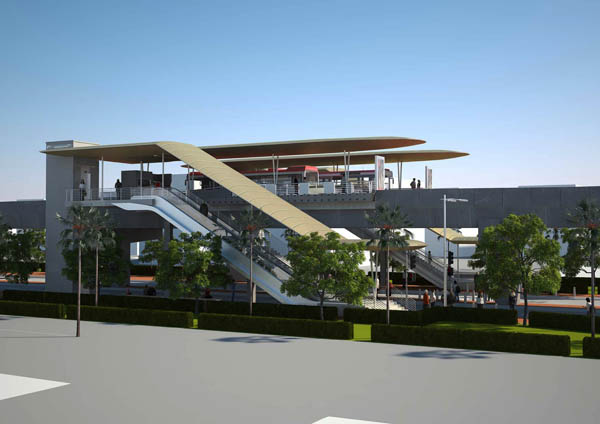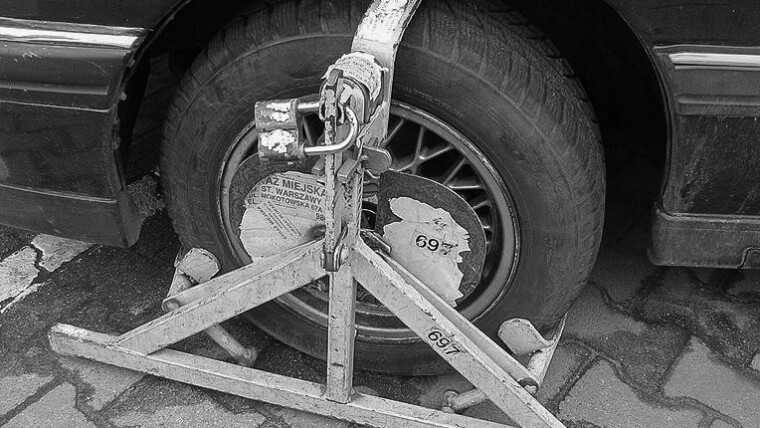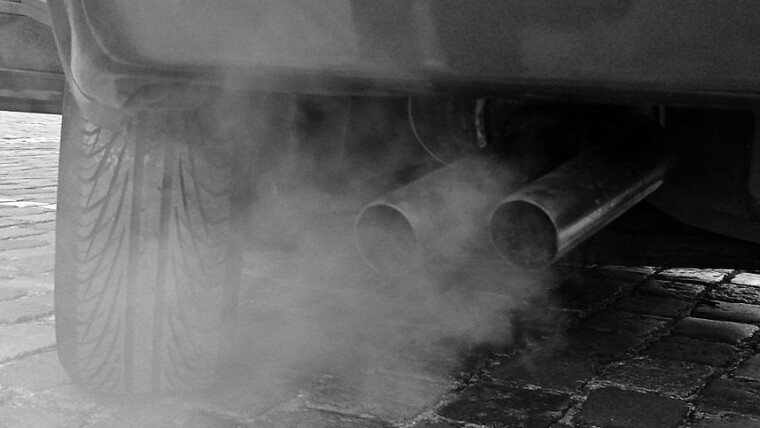Every weekday, starting from Monday, from 7am to about 9am, the first thing you might see on social media is probably one of your friends complaining about the usual traffic jams. We try as humans to avoid that as much as possible, we start using apps on our phones such as Waze because we don’t have any traffic monitoring tool about.
We rely heavily on social media to figure out a better route to take to work without getting stuck in traffic. The government is trying to improve traffic by focusing on a few initiatives, building new highways such as the recently proposed KIDEX highway cutting through the heart of Petaling Jaya and of course the ever famous MRT project which is currently in construction at the moment and all of that construction is ironically causing more traffic jams as usual.
Bumper to bumper traffic may be a norm for some folks but to others like me, I always feel there has to be a better way. Sunway is currently constructing a special elevated bus way terminal which instead of a train which runs on elevated runways, it is a bus.
Public transport seems to be the right way about because a recent study by two economists, Matthew Turner of the University of Toronto and Gilles Duranton of the University of Pennsylvania, they compared the number of new roads opened and the amount of people using it and they found a correlation.
This led them to release a paper, entitled “The Fundamental Law of Road Congestion“, which explains that there is a one-to-one correlation between new roads and new drivers. In economic speak, its induced demand. That means where there is an increased in supply, more people want it. Which translates to if there is a new highway, there will be more new drivers and cars on that highway and in the end starting the cycle of traffic jams again.
A simple analogy is that if you create a route which is affordable to people, people will use it! That is what makes AirAsia so popular and highly in demand. Open new routes and you get people travelling on it, the same goes for new roads and new highways. Of course it doesn’t mean that it will be completely jammed up, there will be benefits but at the end of the day, the intensity of the traffic will keep up.
Now if you travelled between the US and in Europe, you would notice the one key fundamental difference in terms of the road network is that in US, the freeways are huge, long and wide whilst in Europe, everything is small and compact. I guess here in Malaysia we do have a bit of both and I do believe that whilst the highway concessionaires hold us consumers ransom by imposing high toll rates which constantly rise, perhaps that is where the savings of our fuel subsidies should be going towards, improving public transport and it’s efficiency.
I would like to see more integration between the LRT, MRT and the KL Monorail where passengers are truly connected through transit stations as well as leveraging the existing KTM rail network. The KTM trains and busses need to be efficient meaning that they strive to aim to be on time and not keep passengers wait for an hour and then see 4 busses arrive together.
Other posts by AF Newsdesk







